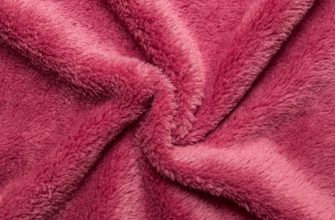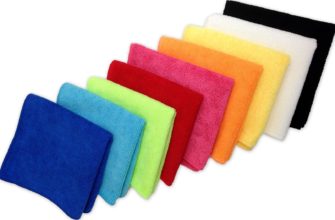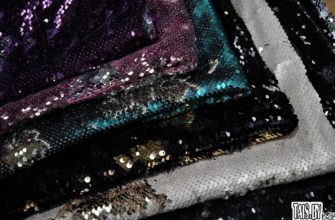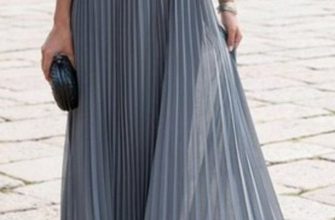Modern outerwear, winter and demi-season blankets, pillows, insulated bedspreads can have a layer between the outer side and the lining of the product made of synthetic padding or holofiber. What is the difference between these two synthetic materials? This is below.
What is the difference between sintepon and holofiber
Consumers do not always understand what is better: sintepon or holofiber. The latter is a material that looks like small lumps of cotton wool or poplar fluff. The adhesion between individual fibers is achieved through thermal action.
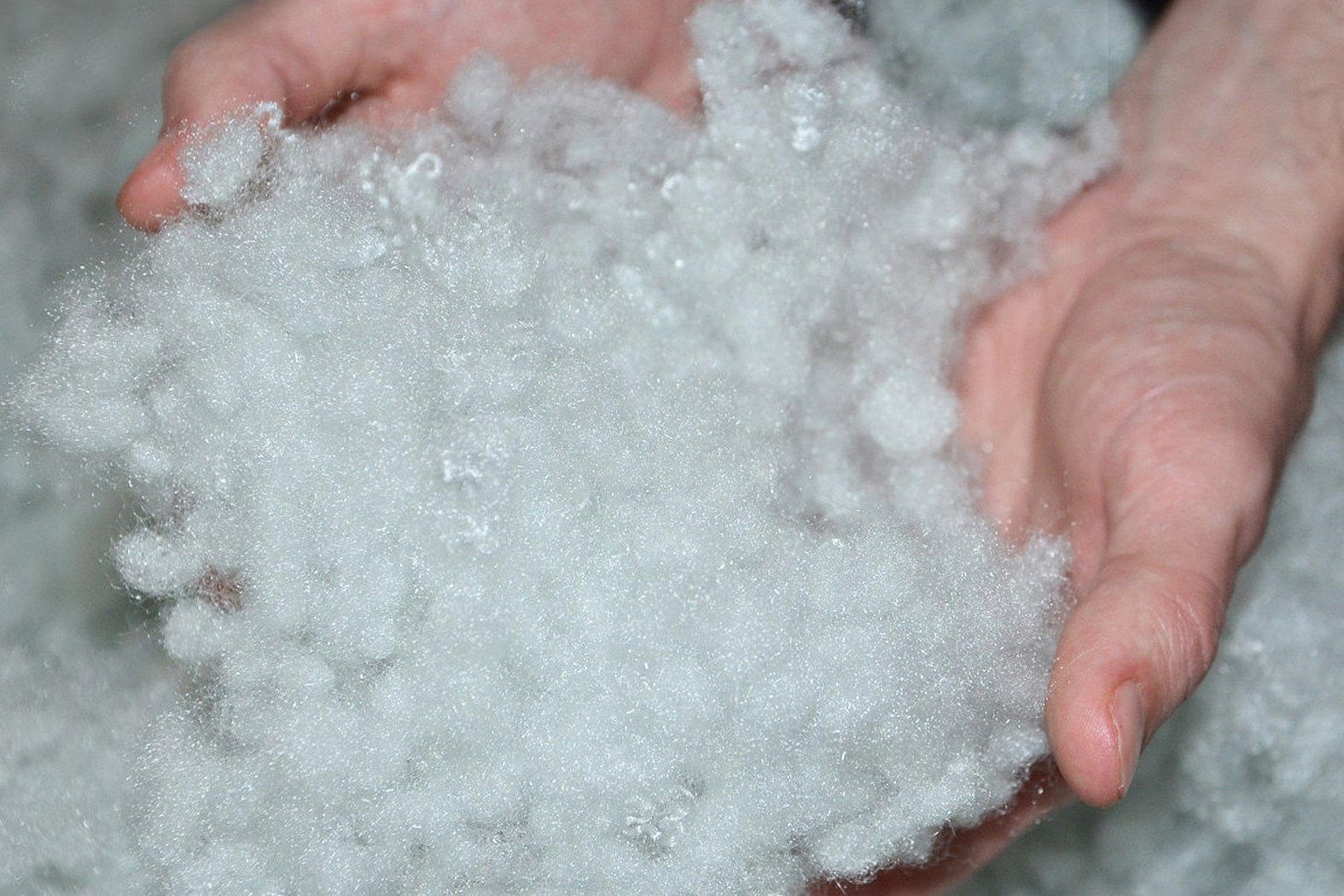
The industry produces sintepon in the form of layers with a thickness of 1.5 to 15 cm. The thickness of the material intended for the manufacture of warm clothing is 1.5-2 cm. Blankets are sewn from thicker fabrics with a width of 2.2 m. Sold by the meter.
Both types of nonwoven materials are made from synthetic raw materials. Sintepon takes longer to produce than holofiber. Its manufacturing technology is based on gluing polyester fibers. Holofiber lumps consist of twisted fibers in the form of miniature springs.
Recycled waste is used to produce synthetic padding. Glue is used to glue the fibers together. All this together affects the environmental performance of the material.
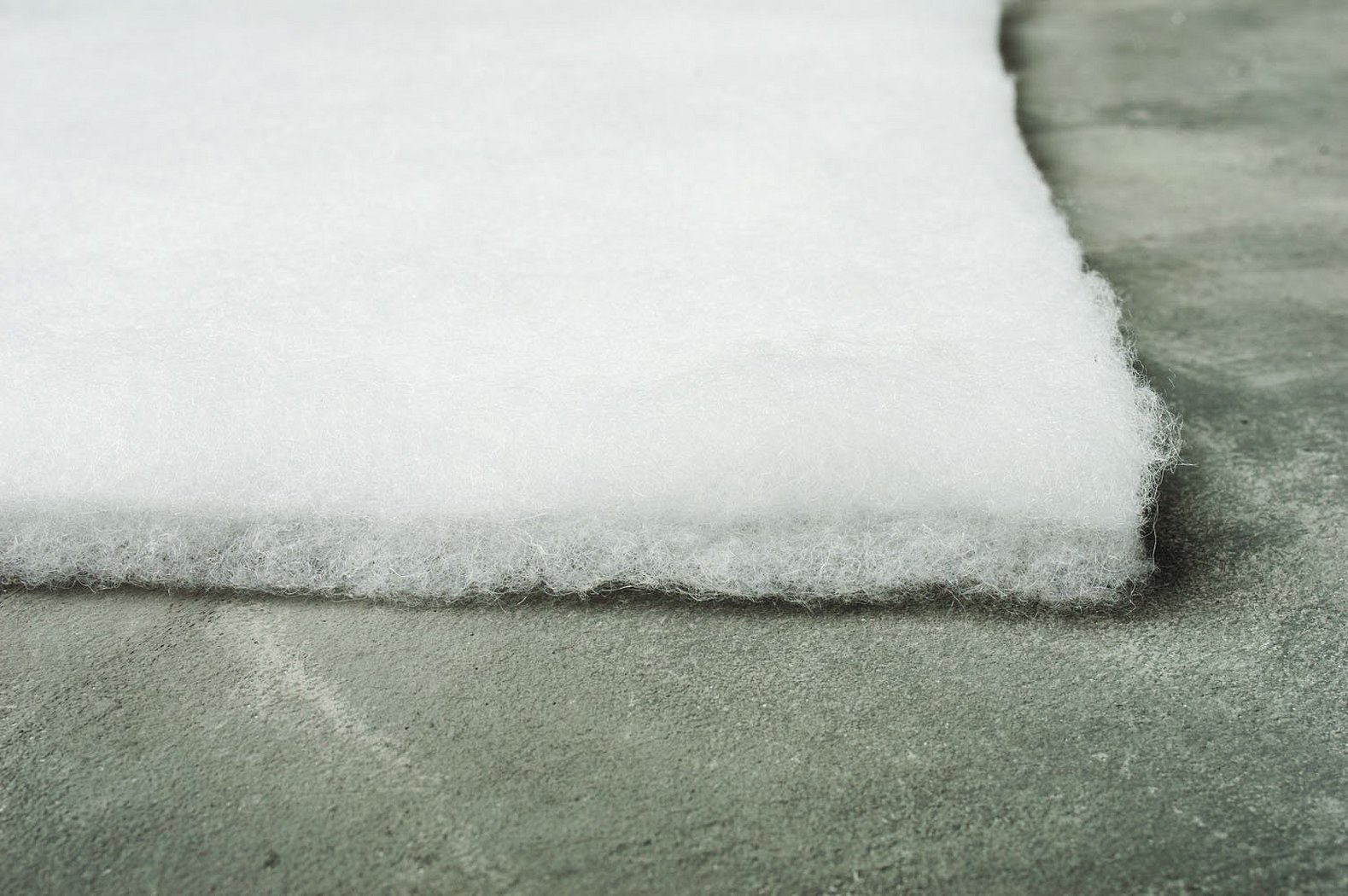
Please note! Sintepon is contraindicated for frequent washing, under the influence of water the material is destroyed and deformed. During the use of the finished product, individual sections of the fabric made of sintepon are compacted, losing their qualities. Therefore, stitched sintepon is used for the lining.
Hollowfiber does not wrinkle, after compression it quickly takes its original shape. Washing does not affect the quality and wear resistance of this material. The filler is sold by weight. It is easy to distinguish both materials by appearance and touch.
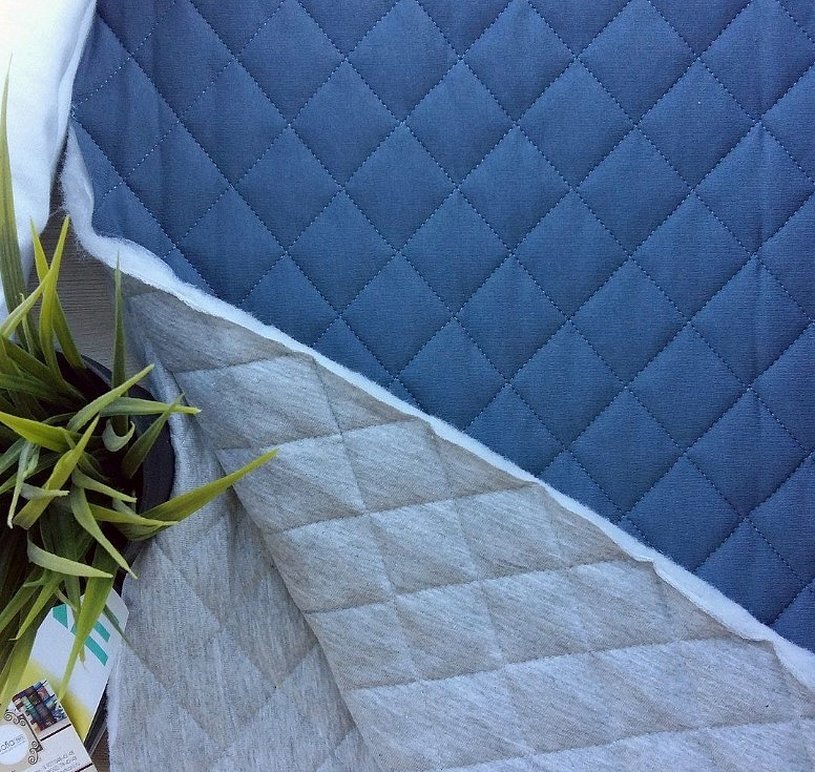
What is best for pillows and blankets
Holofiber or synthetic winterizer - which is better for making bedding for children and adults. High temperatures are used in the process of making holofiber. No chemical compounds are used to process the material, so it does not cause allergic reactions and can be used for the following:
- production of bedding for children and adults;
- children's clothing.
Important! Blankets and pillows with such filling can be washed frequently without harm to the product.
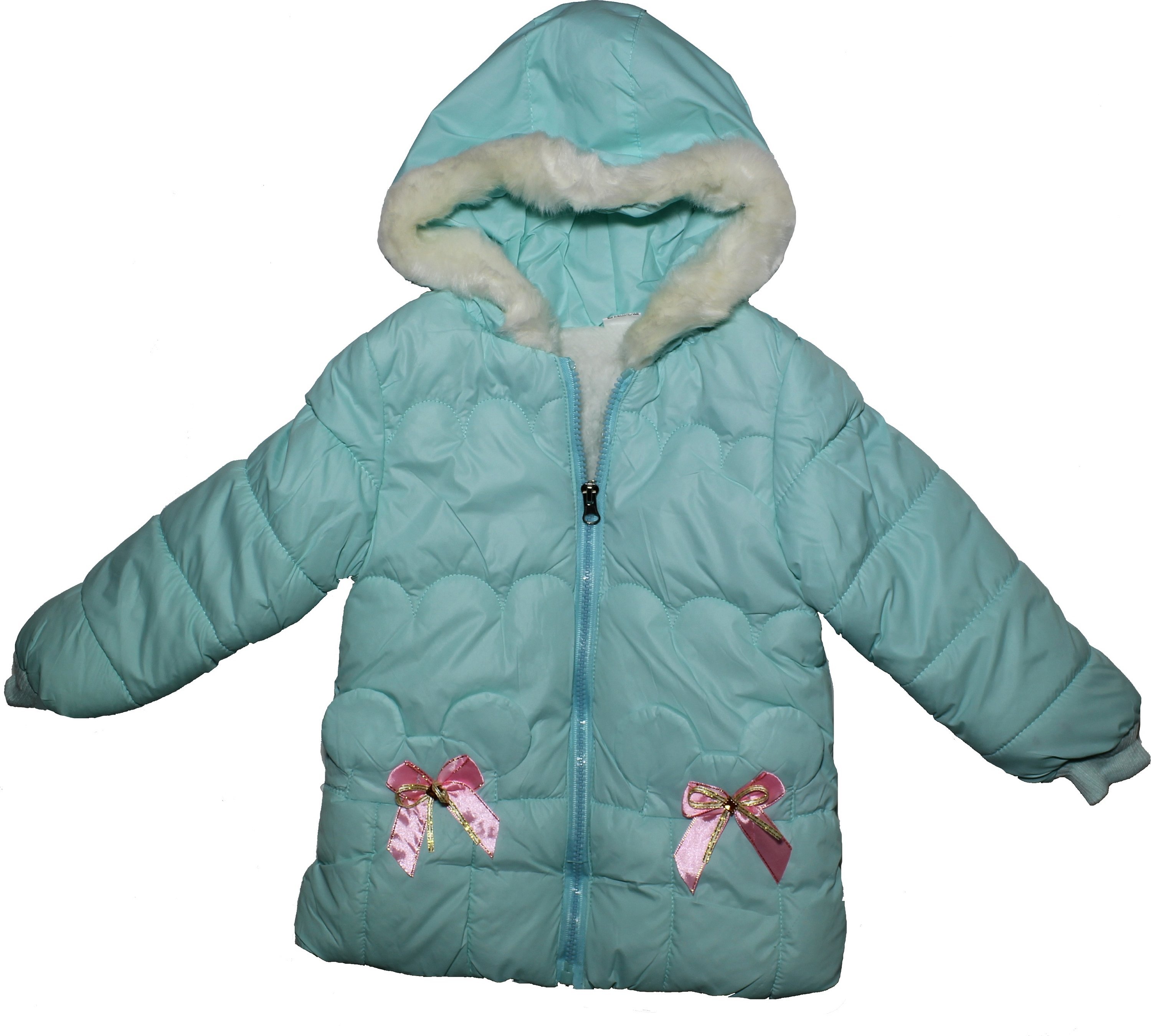
Sintepon is often used for sewing outerwear and blankets for the following reasons:
- produced in the form of layers that are easy to cut and sewn into the lining;
- costs less than holofiber;
- appeared on sale earlier and is used out of habit;
- Many consumers are not aware of the superior qualities of holofiber.
The light industry produces hypoallergenic synthetic padding, which is made using special adhesives. This material is more expensive.
Which filler is the warmest?
The ability to retain heat is in fibers that trap warm air heated by the human body. The material treated with adhesives does not absorb water and is strongly blown by the wind.
Important! Sintepon does not retain heat well. Products sewn with a lining made of this material are suitable for winters with temperatures not lower than -5 degrees. Coats with sintepon quilting are blown by the wind.
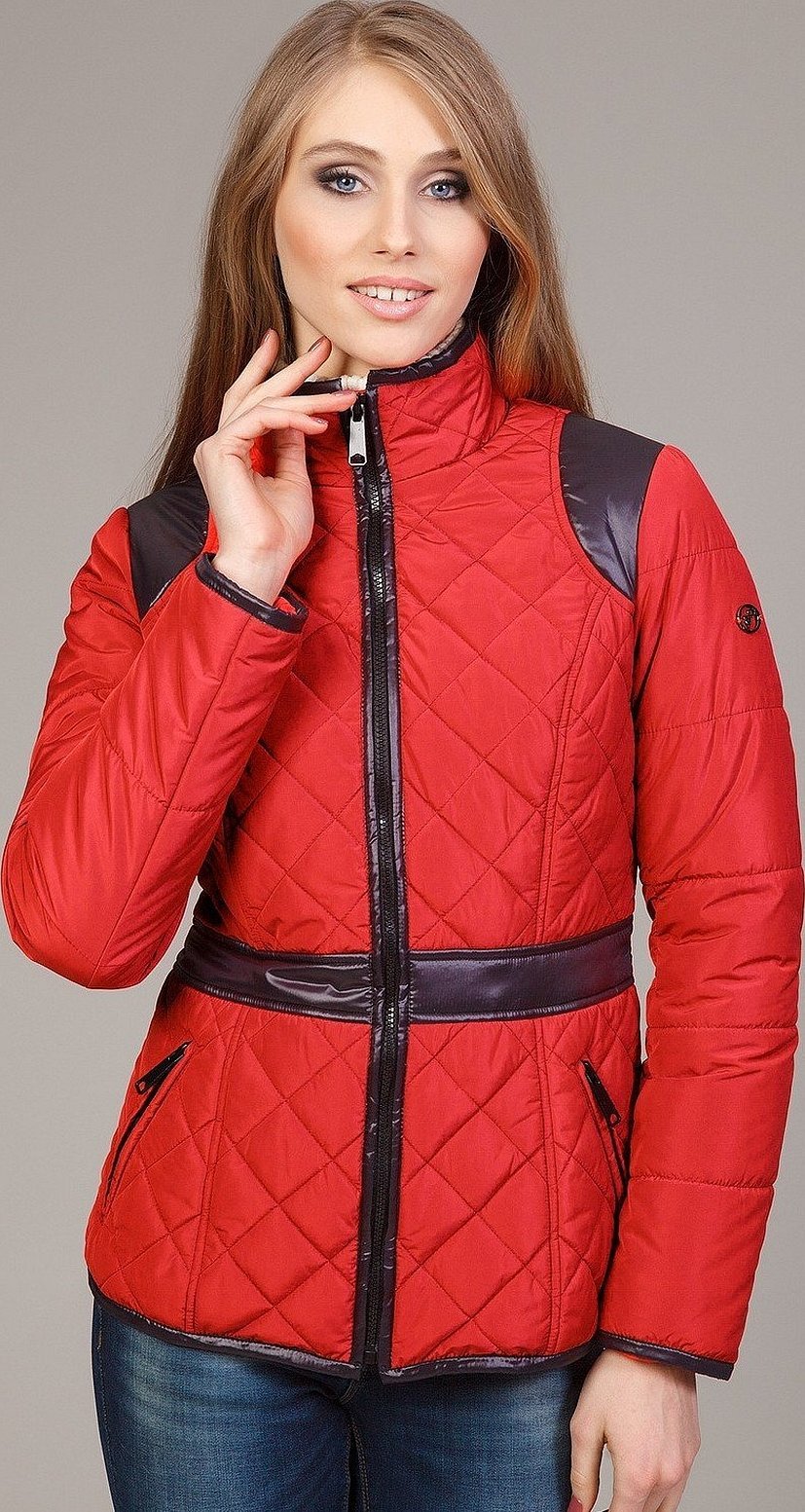
There is a significant difference between sintepon and holofiber. The latter has the same heat-insulating qualities as natural wool and down. Things with such filler are suitable for winters in central Russia. At the same time, things let air through and allow the body to "breathe".
Both fillers are superior to the non-woven material Thinsulate, invented in the USA, in their ability to keep a person warm. For a long time, the filler was used only in the manufacture of special clothing for space explorers. Thinsulate is small lumps consisting of thin, spiral-twisted fibers, connected into a single substance. Not all seamstresses can distinguish white fluffy lumps from the usual holofiber.

What is best for jackets
Both types of synthetic filler are used for sewing outerwear. The difference is as follows:
- thermal insulation qualities of the lining;
- the final cost of the products;
- wear resistance of finished jackets and coats.
For sewing jackets, the industry produces ready-made synthetic padding lining called "stitch". A thin synthetic padding layer is sewn onto artificial silk. The stitch pattern can be any: diamonds, squares, parallel and wavy lines.

The stitching is easy to cut and does not fall out during the manufacturing process. Such lining is beneficial to consumers due to its low price and ease of processing. It is enough to fold the outer and inner parts of the jacket face to face, stitch along the perimeter and turn it out through the left opening, which is then sewn up by hand. Even a novice craftswoman can handle the technology of sewing outerwear.
Synthetic quilting has its disadvantages:
- A jumpsuit made using cheap synthetic filler quickly loses its marketable appearance after getting wet in the rain or being washed frequently.
- The lining falls apart after the glue is washed out in pieces, and forms a lump under the lining of the lower part of the jacket.

Hollowfiber is a filler that is poured into prepared pockets. The main difficulty in sewing winter clothes with voluminous fluffy filler is its uniform distribution in the pockets of the lining part of the product.
In stores selling synthetic down, there are special electronic scales. Despite the small weight, the filler takes up a large volume.
At home, it is not possible to divide the fluffy lumps into equal parts. For this reason, craftswomen prefer to use synthetic padding layers that are convenient for cutting.
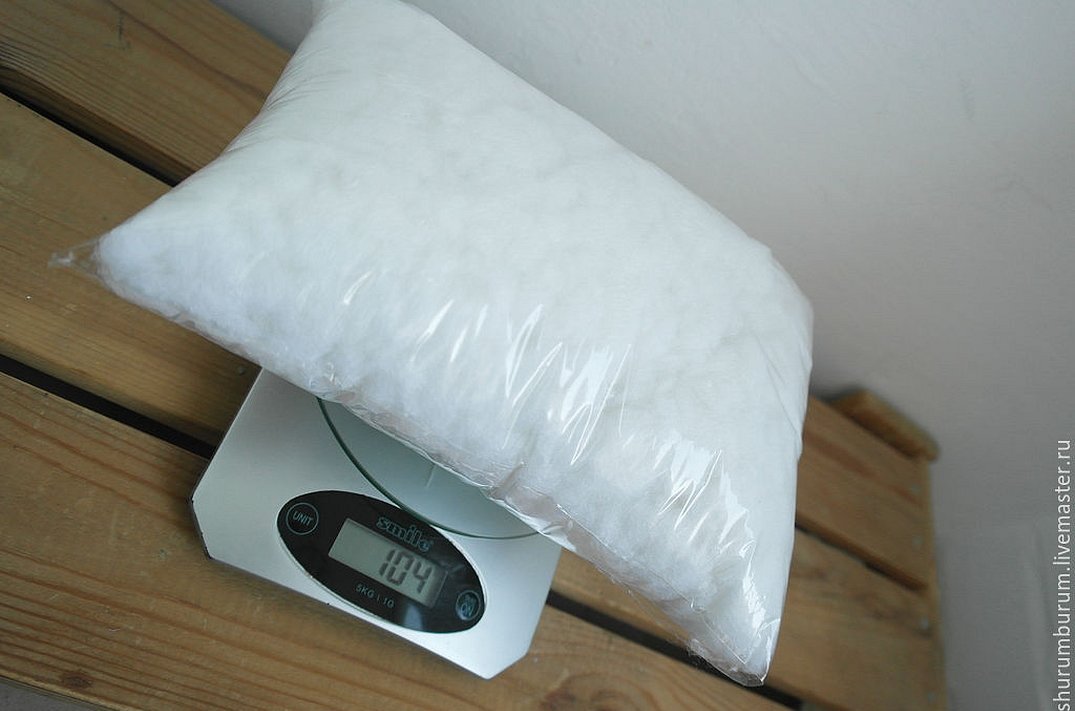
Care of synthetic insulation materials
Synthetic items do not tolerate hot water well. They cannot be ironed. If necessary, they are treated with steam. To avoid unnecessary ironing, in the process of sewing blankets, bedspreads, blanket-type fabrics are necessarily ironed.
According to the technology, the parts of the products are sewn face to face, then turned inside out. The edges of a half-finished item cannot be ironed, otherwise the internal synthetic filler will wrinkle and lose volume under the influence of high temperatures.
The edges of blankets and bedspreads are swept along the entire perimeter and then stitched with a finishing stitch.
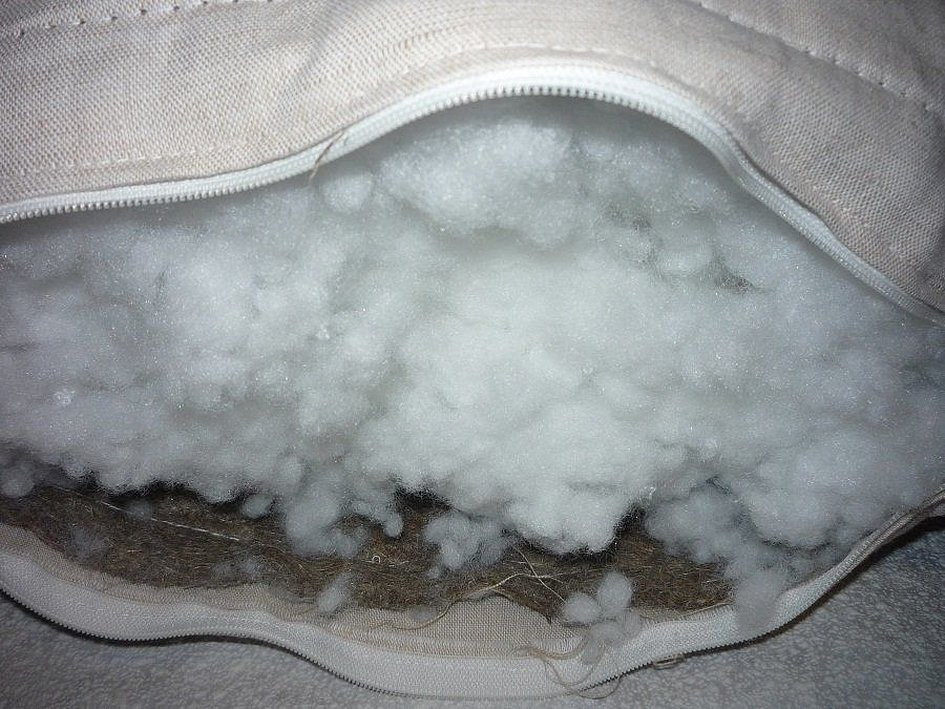
How to wash a jacket or down jacket
It is difficult to wash a large item at home. In jackets and coats, the sleeves, collar, and pocket trim are the first to get dirty. These areas are periodically cleaned with a cotton pad soaked in ammonia.
Important! Outerwear should only be washed if there is no sign prohibiting this manipulation on the label sewn into the stitching of the garment.
When the jacket gets very dirty, it is better to take it to the dry cleaner. Only light and semi-light items that can be placed in the drum can be machine washed. Set the mode recommended by the manufacturer.
Home-sewn items are washed on the "synthetics" cycle. You can put two rubber balls in the drum along with the outerwear.
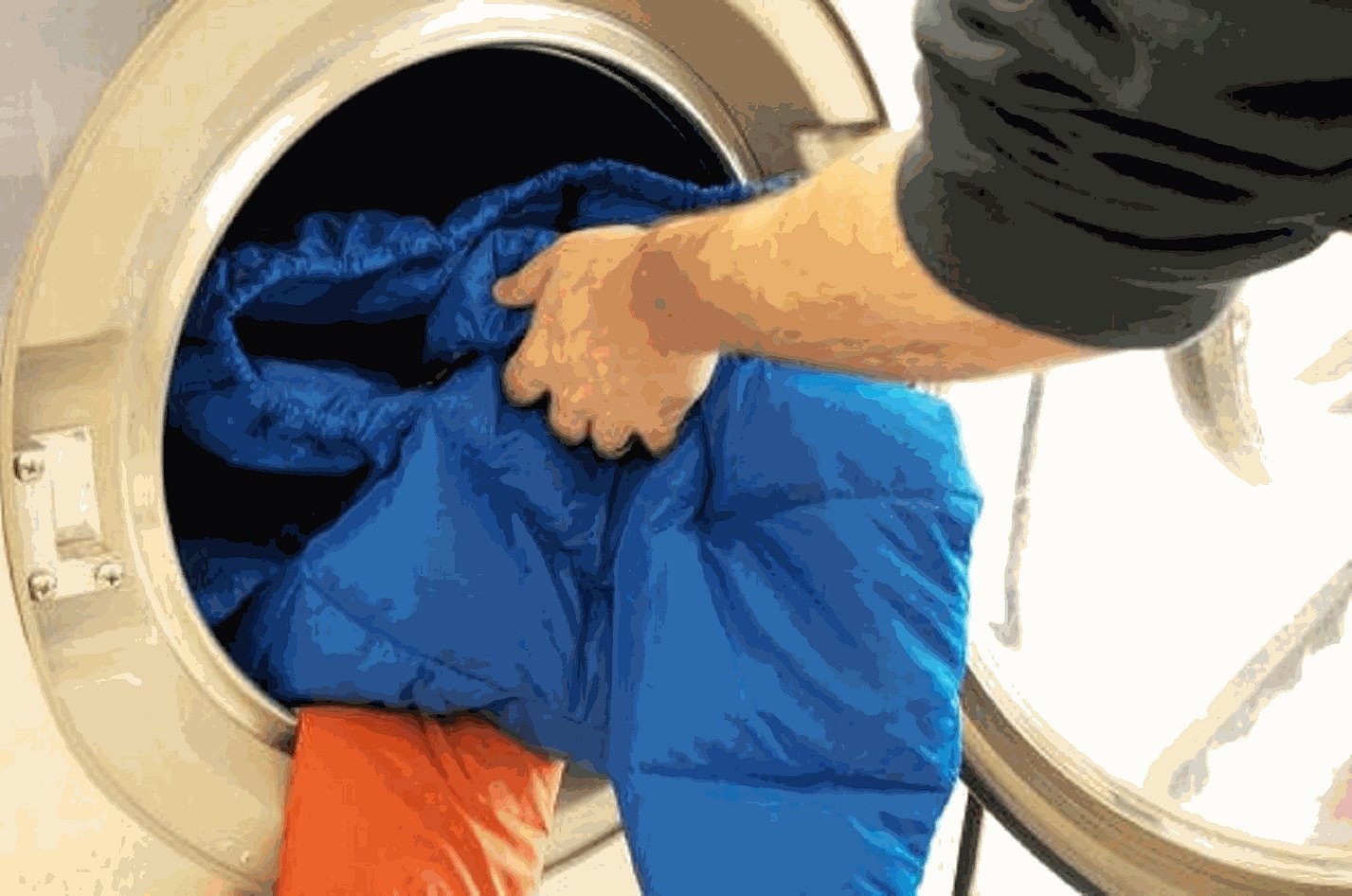
Sintepon and holofiber are easy to wash. Sometimes it is enough to soap the dirt and soak the blanket in a soap solution. For children's products, special powders are used that do not cause allergic reactions. For other things, washing gels are suitable. The composition is dissolved in water before the jacket is placed in the container. After some time, you can rub the stains with a brush, drain the dirty water. Rinse the items in cool clean water. Wring out the jacket after most of the liquid has drained.
How to wash a pillow and blanket
Large, bulky items are usually taken to dry cleaners. It is difficult to wash them at home. A thick blanket does not fit into the drum of a washing machine. When hand washing, the item is difficult to wring out by hand.
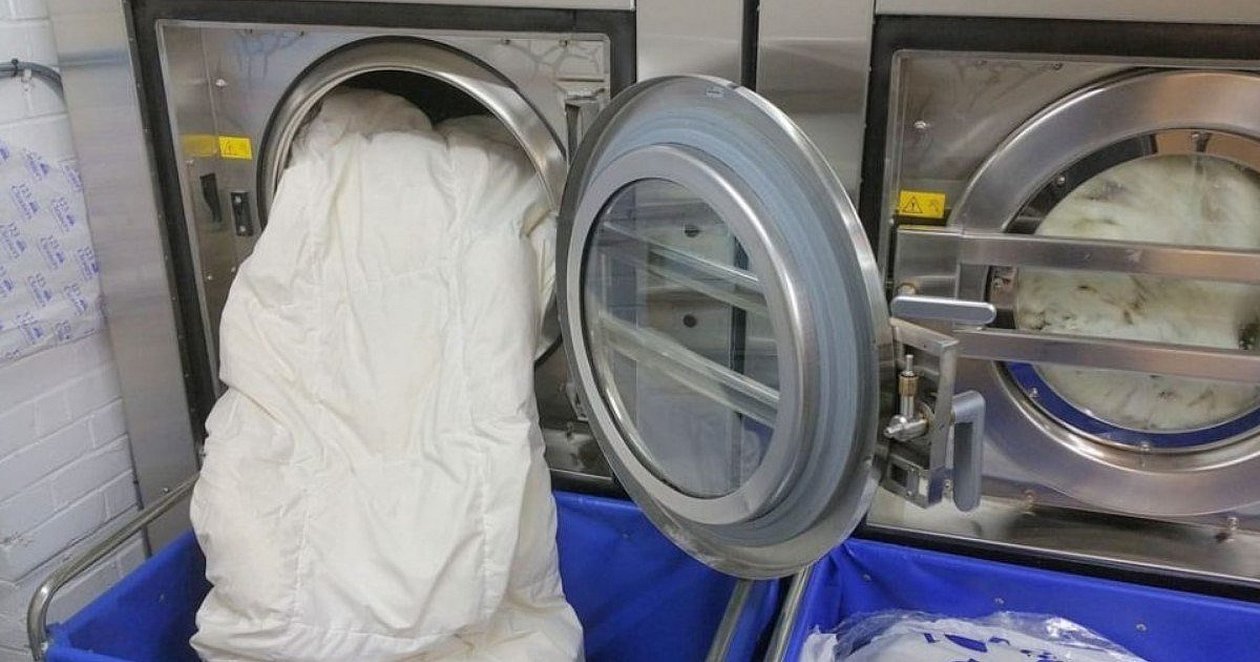
Semi-thin blankets are folded into a neat bundle and placed in the washing machine. The mode is set regardless of the type of outer fabric from which the outer and lining covers of the product are made. The regulator handle is set to the "synthetics" mode with spinning.
Expensive beautiful blanket-type bedspreads cannot be wrung out, as after rolling they develop creases, which require a steam generator to iron. You can iron out wrinkles and folds with a steam iron. This is a labor-intensive process: the item is laid out on the bed, and holding the iron in the air, every 20-30 cm of the fabric surface is processed in turn.
When hand washing, when it is difficult to lift a blanket swollen with water for wringing, it is placed at a slight angle in the bathtub and excess liquid is allowed to drain. After this, pressing hard with your hands alternately on different areas of the product, gradually get rid of the water. The blanket is hung on a rope outside to dry. It will not be possible to place it on a drying rack in the room due to the large amount of water that flows from it onto the floor.
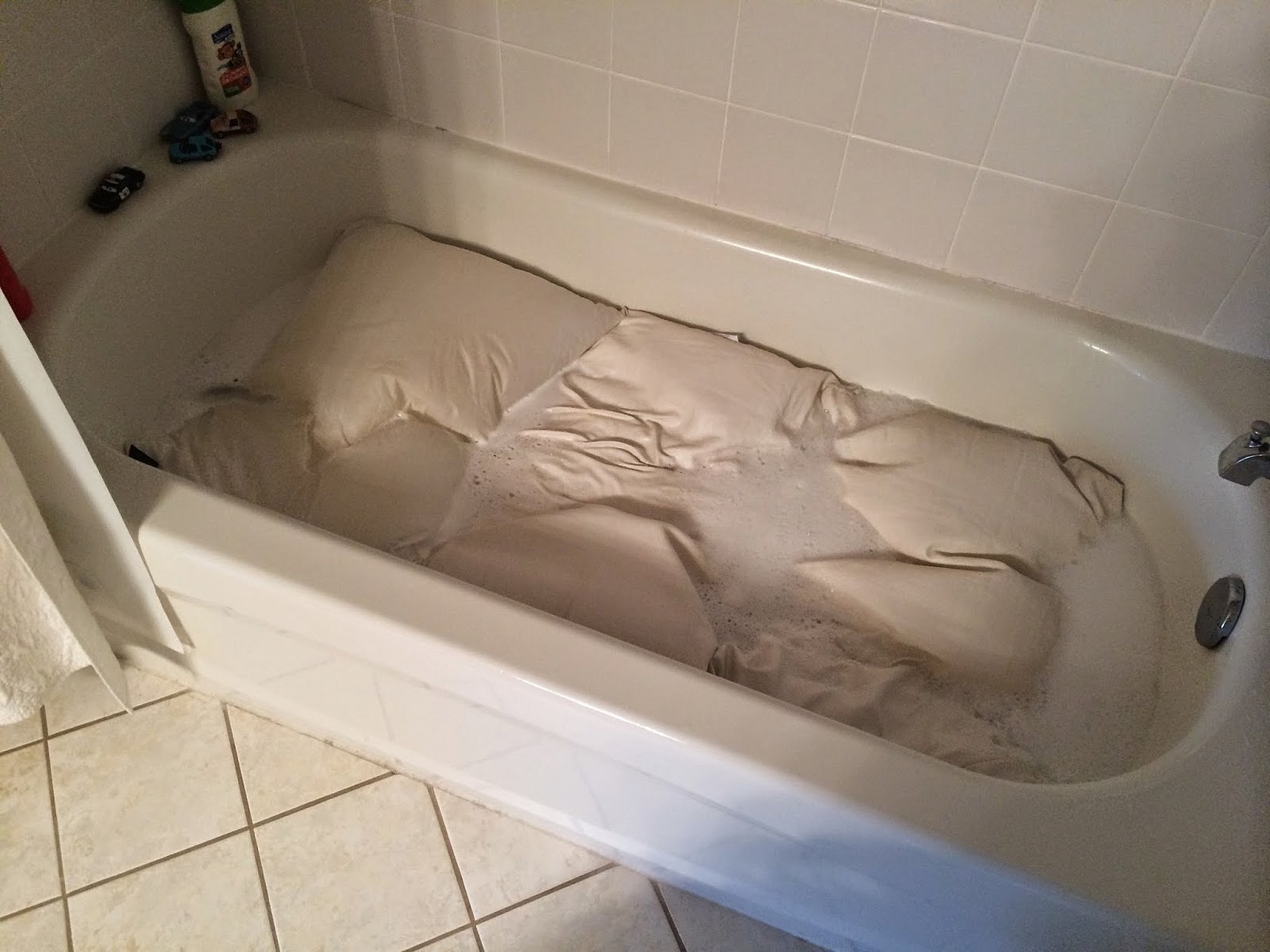
With pillows, everything is simpler: they are placed in the drum, set to the "synthetics" mode with spinning. After washing, the practically dry bedding is left to hang by one or two corners on a rope.
Non-woven materials for sewing warm clothes are selected taking into account the purpose of the finished product. If there will be frequent washings, it is more profitable to purchase more water-resistant fillers. Children's clothes are sewn only using materials that do not provoke allergic reactions in the child.

